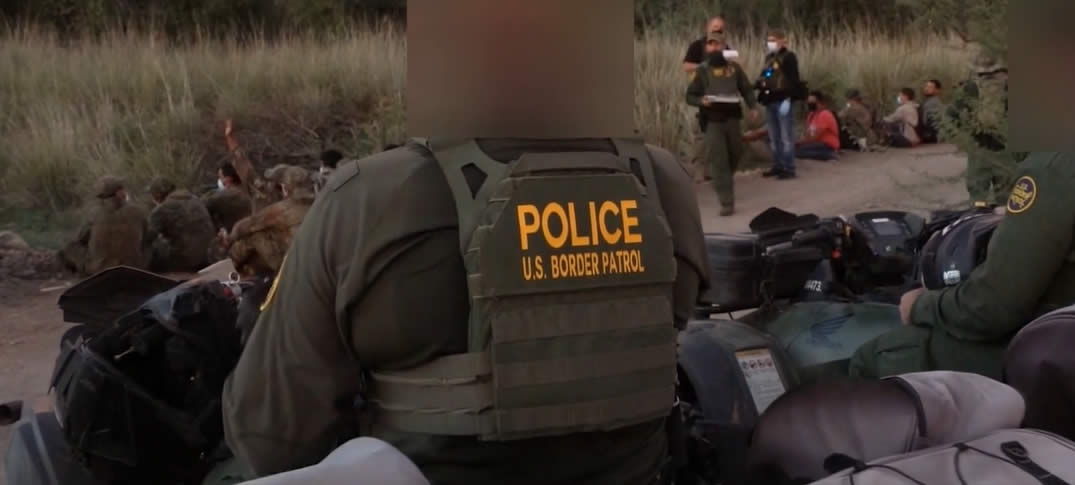Borderland: The Line Within, a documentary directed by Pamela Yates and produced by Skylight Pictures, made its theatrical debut on May 3. Borderland takes viewers through a gripping narrative of how immigration enforcement agencies—from the U.S.-Mexico border to places well within our nation’s interior—have created what the film calls the “border industrial complex,” a system “that transforms the suffering of immigrant lives into corporate profit .”
The producers of the film included footage from a raid that U.S. Customs and Border Protection (CBP) carried out on a humanitarian aid camp set up in the Arizona desert that provided water and shelter to migrants crossing the border. The filmmakers obtained videos recorded by CBP officers with the help of the American Immigration Council through a Freedom of Information Act (FOIA) request, highlighting the importance of transparency to understand CBP’s tactics.
The documentary follows the stories of Kaxh Mura’l and Gabriella Castañeda across a four-year period. Mura’l is an Indigenous Mayan and environmental defender who fled his native Guatemala to seek political asylum in the U.S. after he received death threats. Castañeda is an undocumented immigrant who lost her DACA status in the wake of the COVID-19 pandemic. Throughout the documentary, she resists U.S. Immigration and Customs Enforcement’s (ICE) efforts to deport her.
More information https://inmigracionyvisas.com/a6041-Borderland-The-Line-Within-Border-Patrol-raid.html









